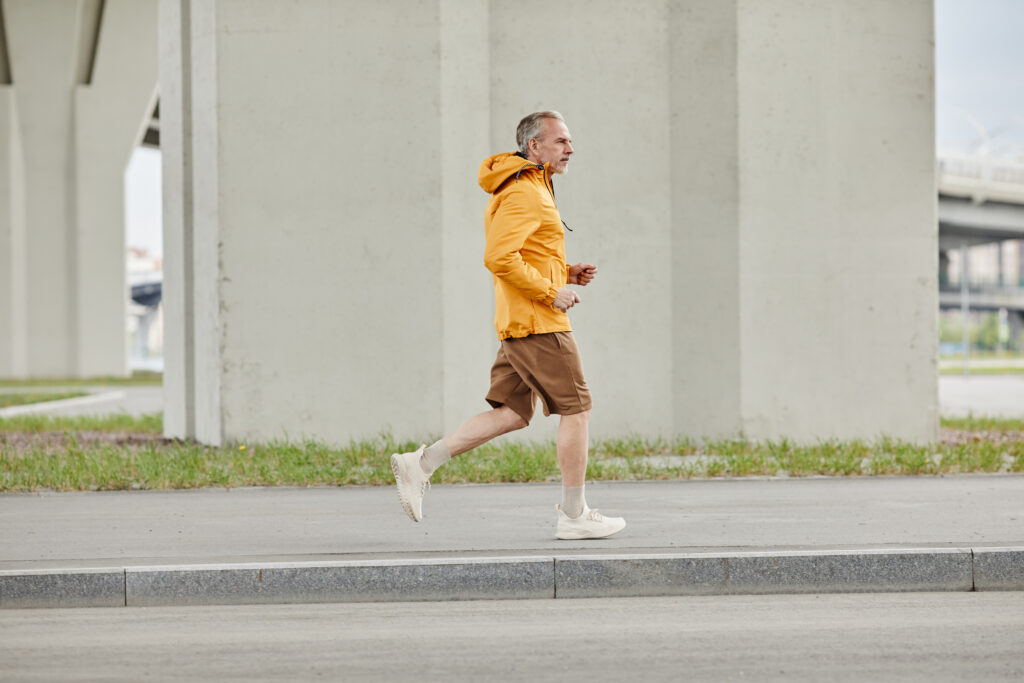The hip is a ball-and-socket joint that connects the thigh bone (femur) to the pelvis. It is a weight-bearing joint that allows for a wide range of movement, including flexion, extension, abduction, adduction, and rotation.
The hip joint is surrounded by muscles, tendons, and ligaments that support and stabilize the joint during movement. Hip problems or injuries can cause pain, stiffness, and limited mobility, and may require medical treatment such as physical therapy or hip replacement surgery.
Are you considering hip replacement surgery or have you already had the operation? If so, knowing which hip replacement exercises to avoid is important knowledge to help you make a healthy recovery.
Hip replacement surgery is a major operation that can lead to a significant recovery process. While many patients are able to fully recover and return to their previous level of activity, some may experience complications or setbacks. It is important to be aware of the risks and handle the recovery process with care in order to avoid any further issues.
Exercises to Avoid During Hip Replacement Surgery Recovery
After hip replacement surgery, it is important to follow your surgeon’s instructions for your recovery. This includes which exercises you can do and which ones you should avoid. While there are many different exercises that can help you recover from hip replacement surgery, there are also some that can potentially cause complications. Here is a list of exercises to avoid during your recovery.
-
Avoid Cross-Leg Exercises: After hip replacement surgery, you will likely have restrictions on crossing your legs. This is because crossing your legs can put too much stress on your new hip joint. Instead, try keeping your legs straight or only crossing them at the ankles.
-
Avoid Bending at the Waist: Bending at the waist can also put too much stress on your new hip joint. Instead, try bending your knees and squatting down when you need to pick something up off the ground.
-
Avoid Twisting Movements: Twisting movements can also be hard on your new hip joint. Instead, try turning your whole body when you need to change directions.
-
Avoid High-Impact Exercises: High-impact exercises like running or jumping can also be hard on your new hip joint. Stick to low-impact exercises like walking or swimming for the first few months after surgery.
-
Avoid Exercises That Put Too Much Pressure on Your Hip: Anything that puts too much pressure on your hip joint should be avoided after surgery. This includes activities like sit-ups, leg lifts, and bridges. Stick to gentle stretching and range-of-motion exercises that don’t put too much pressure on your new hip joint.
Physical therapy can be very helpful after hip replacement surgery. A physical therapist can design a personalized exercise program to help you regain strength, flexibility, and range of motion in your hip joint. Physical therapy can also help reduce pain and inflammation, improve your balance and coordination, and assist in the safe and gradual return to normal activities. Overall, physical therapy can be an important part of the recovery process after hip replacement surgery.


